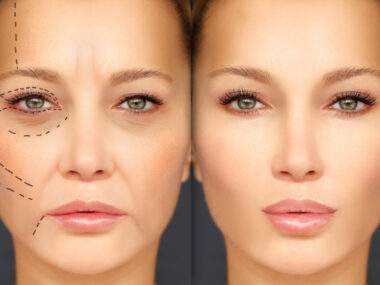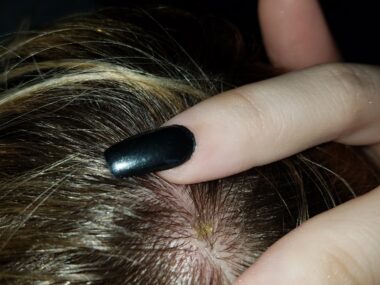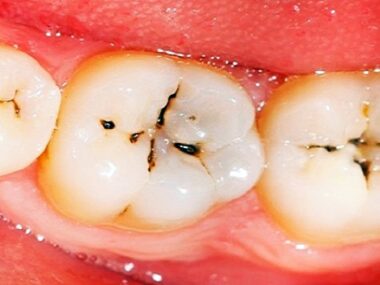A breast lump is a localized swelling, bulge, or protrusion in the breast tissue. While many breast lumps are benign (non-cancerous), the presence of a lump should always be evaluated by a healthcare professional to determine its cause. Breast lumps can vary in size, texture, and mobility, and they may or may not be associated with pain.

Types of Breast Lumps
- Cysts: Fluid-filled sacs that may be soft or firm.
- Fibroadenomas: Common benign tumors made up of glandular and connective tissue.
- Fat Necrosis: Lump formed by damaged fatty tissue.
- Breast Abscess: A painful collection of pus usually caused by a bacterial infection.
- Breast Cancer: While most breast lumps are not cancerous, some can be indicative of breast cancer. Early detection and diagnosis are crucial for effective treatment.
Causes
- Hormonal Changes: Fluctuations in hormone levels during the menstrual cycle or menopause can contribute to the development of breast lumps.
- Injury or Trauma: Bruising or injury to the breast tissue can lead to the formation of lumps.
- Infection: Infections, such as mastitis, can cause painful lumps.
- Genetic Factors: Some individuals may have a higher risk of developing certain types of breast lumps based on family history and genetics.
Breast Self-Exams
- Regular breast self-exams are recommended to become familiar with the normal feel and appearance of one’s breasts.
- Any new or unusual lumps should be promptly reported to a healthcare professional.
Symptoms Associated with Breast Lumps
- Pain: Some breast lumps may be painful, while others may not cause discomfort.
- Changes in Size or Shape: A noticeable change in the size or shape of the breast.
- Skin Changes: Redness, dimpling, or puckering of the skin over the lump.
- Nipple Changes: Changes in the appearance or position of the nipple.
Diagnosis
- Clinical Breast Exam (CBE): A healthcare professional palpates the breasts to detect any abnormalities.
- Imaging Studies: Mammography, ultrasound, or MRI may be used to obtain detailed images of the breast tissue.
- Biopsy: A tissue sample is collected and examined under a microscope to determine if the lump is benign or cancerous.
Treatment
- Observation: Benign lumps may be monitored over time to ensure they do not change.
- Aspiration: For cysts, a needle may be used to drain the fluid.
- Surgery: In some cases, surgical removal may be recommended, especially if the lump is causing symptoms or if there is concern about cancer.
Breast Cancer Screening
- Mammograms: Regular mammograms are important for early detection of breast cancer, especially in women over 40.
- Clinical Breast Exams: Regular clinical breast exams by a healthcare professional are recommended.
Risk Factors for Breast Cancer
- Age: The risk of breast cancer increases with age.
- Family History: A family history of breast cancer can increase the risk.
- Genetic Mutations: Certain gene mutations, such as BRCA1 and BRCA2, are associated with a higher risk.
- Hormone Replacement Therapy (HRT): Long-term use of HRT may be a risk factor.
Emotional Impact
- Discovering a breast lump can cause anxiety and fear. Support from healthcare professionals, friends, and family is essential.
Breast Health Education
- Public health campaigns emphasize the importance of breast health education, regular screenings, and early detection.
Advancements in Detection and Treatment
- Ongoing research and technological advancements contribute to improved methods of breast cancer detection and treatment.
Breast Health Awareness
- Breast Cancer Awareness Month, celebrated in October, promotes awareness and encourages women to prioritize breast health.
In summary, while many breast lumps are non-cancerous and may be related to hormonal changes or benign conditions, any new or unusual lump should be evaluated by a healthcare professional.
Early detection through regular screenings and self-exams is crucial for the successful treatment of breast cancer. Seeking prompt medical attention and maintaining open communication with healthcare providers are essential components of breast health.










